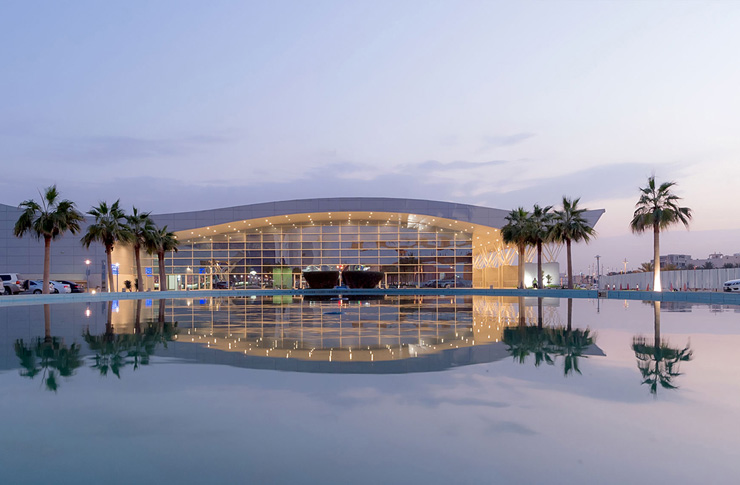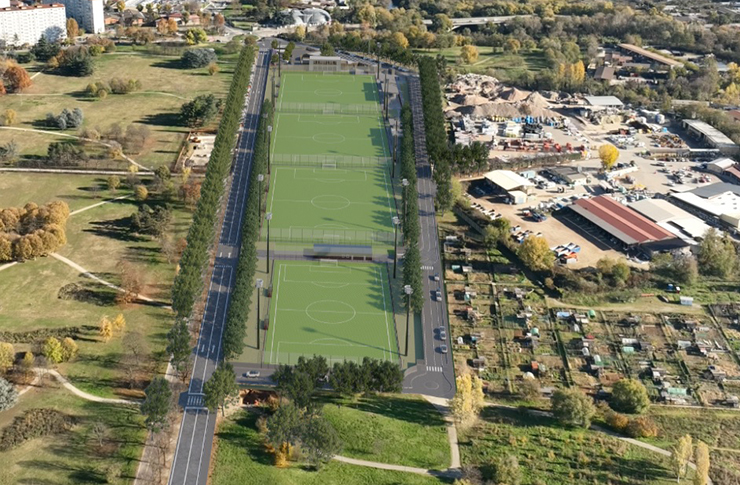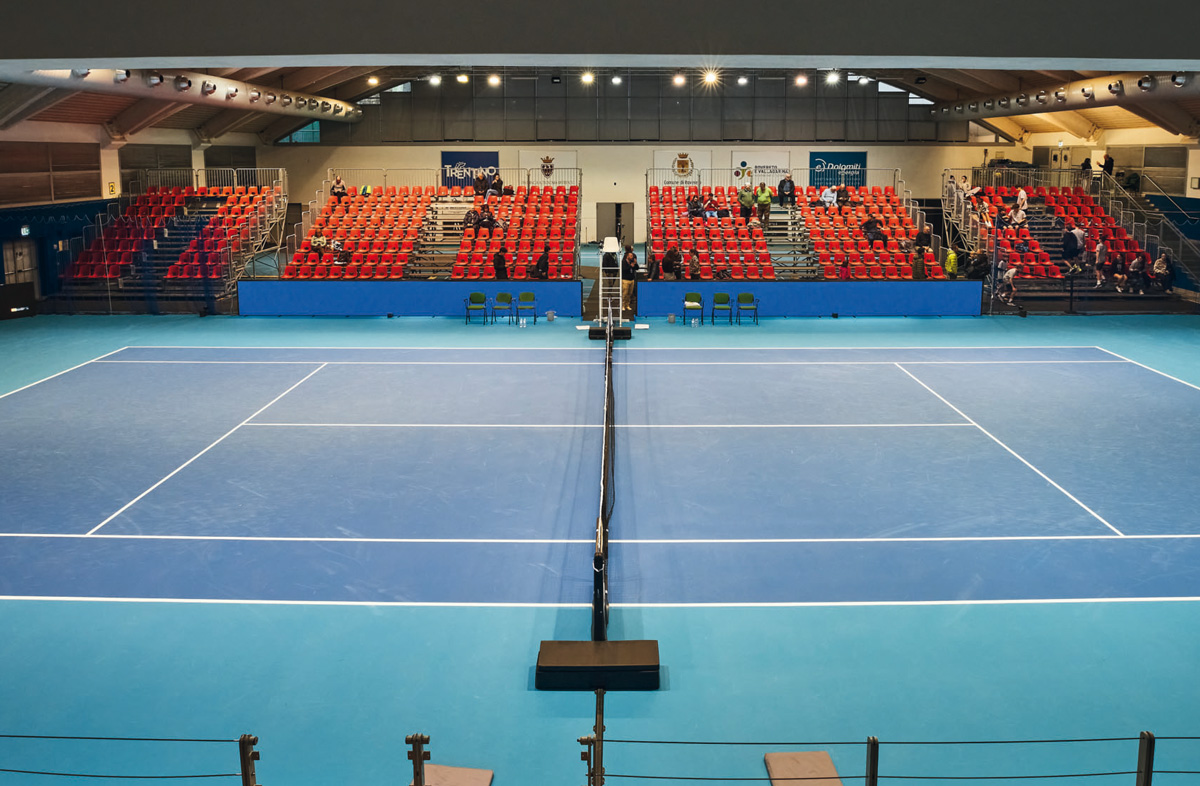Taken from the speech by Alastair Cox (ESTC Technical Director) at the Sport&Impianti FORUM on 19 February 2025 at Myplant & Garden 2025.
Green Building Special Report / The PEF standard for Life Cycle Assessment of synthetic grass
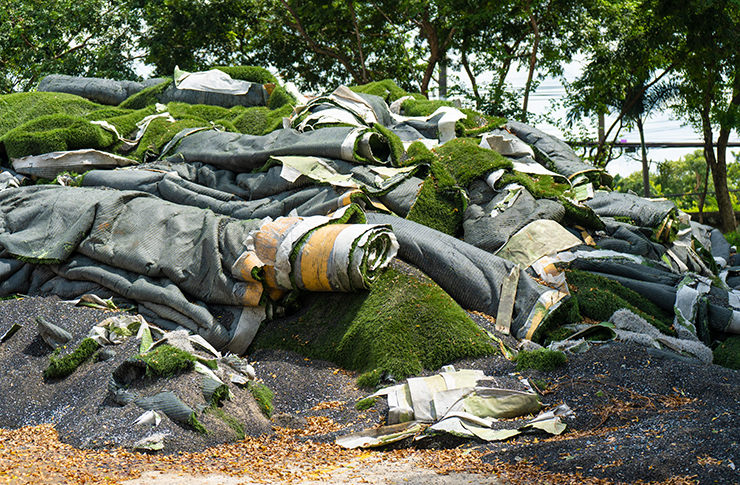
(ph. Kasarp Studio)
ESTC (EMEA Synthetic turf Council) is the trade association for the synthetic turf industry in the EMEA region. Its aim and purpose is to serve, promote, develop, grow and support the synthetic turf industry in both the sports and landscape sectors.
PEF is an LCA method developed by the European Commission. A key component of the PEF model are the Category Rules: these set out how a specific industry should undertake PEF analysis.
ESTC has developed the Category Rules for Synthetic Grass Surfaces (PEFCR).
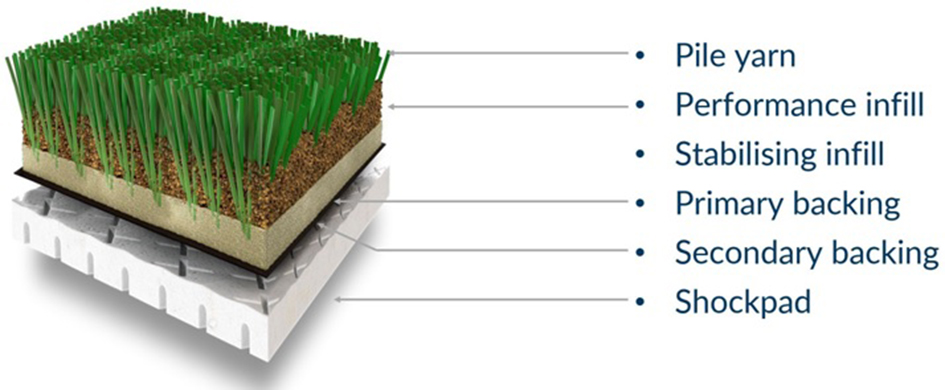
Environmental sustainability has become a major globally recognised concern. Understanding the environmental impact of all types of products and activities is becoming very important.
To address these issues, the European Union (EU) has developed policies to measure and promote sustainable production and consumption.
To reduce impacts and make improvements, it is necessary to know the impact of a product or service on the environment. This is achieved by carrying out a life cycle assessment (see article on previous pages).
To ensure the comparability of LCA studies, it is necessary to have rules that define how the study should be carried out and which impact categories should be considered.
PEF is a method of LCA developed by the European Commission, and a key component of the PEF model are the Category Rules: these determine how a specific industry should undertake the PEF analysis. ESTC has developed the Category Rules for Synthetic Grass Surfaces (PEFCR).
Il PEF for synthetic turf
The PEF Category Rules for synthetic turf has two sub-categories:
– SPORT (Football, hockey, rugby, tennis, multi-sports)
– LANDSCAPE (Commercial, residential, recreational applications)
The PEF covers the entire turf system but does not include the construction of a field’s base and drainage systems. These are always significantly influenced by site specific factors and should be analyzed on a project-by-project basis.
The mandatory life cycle stages included in a PEF study are:
- Raw material acquisition and pre-processing
- Manufacturing: all processes taking place from the entry to the exit gate of the production facility
- Distribution: transport and storage of the finished product(s),
- Use stage: product(s) use for the defined function and lifetime, including all necessary inputs (e.g., energy, maintenance materials, coolant).
- End of life: all activities occurring from the moment the product(s) cease to perform its function and is disposed or recycled.
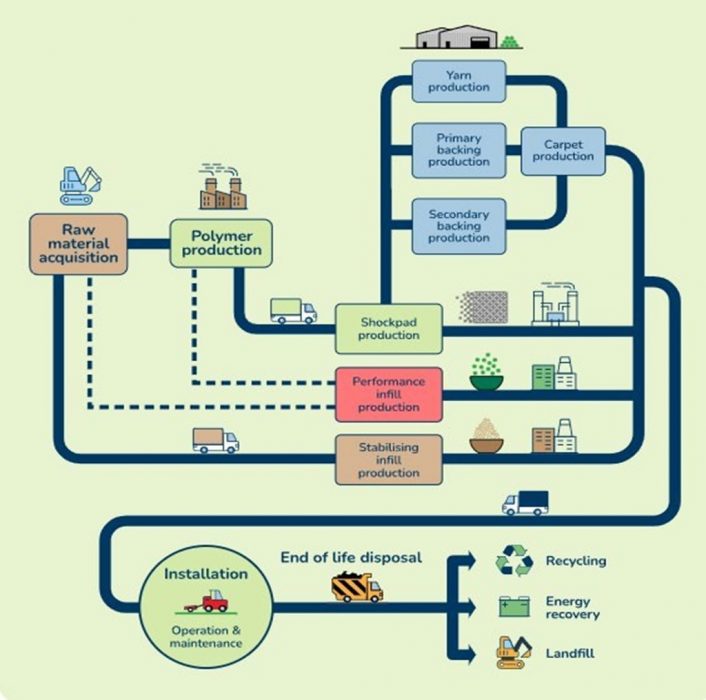
The process takes place in four steps:
1 – Data collection (Company specific and generic environmental data sets);
2 – Calculation (Through a software tool developed by ESTC);
3 – Verification (Independent LCA experts);
4 – Report.
The Product Environmental Footprint by ESTC measures environmental performance across 17 impact categories, the mandatory 16, and at the request of the European Commission, the potential for microplastic migration from a surface.
For synthetic turf the focus is on the overall PEF score and the 7 biggest impact categories. These categories provide a comprehensive view of a product’s environmental impact, helping companies and consumers identify the most environmentally compatible products.

During the development of the PEFCR for synthetic turf, PEF studies were undertaken on representative virtual sports and landscape turf products; these were designed to represent the best-selling sports and landscape turfs in Europe in 2021/22.
The results obtained on the representative products can now be used as a benchmark against which the environmental impact of real products are compared.
PEF will finally accelerate the development of environmentally sensitive turf systems, with lower carbon emissions, use of sustainable materials and manufactoring processes, and easier recycling.
Indeed, PEF provides transparency aboout the environmental impact of a product, allowing for more informed and sustainable purchasing decisions: including PEF in a company’s procurement policies demonstrates its commitment to the environment, whilst allowing it to meet the needs of the community.
PEF rewards surfaces that offer longer lifespans, providing more sustainable investment and better value for money.
For more details: https://pefsyntheticturf.eu/

